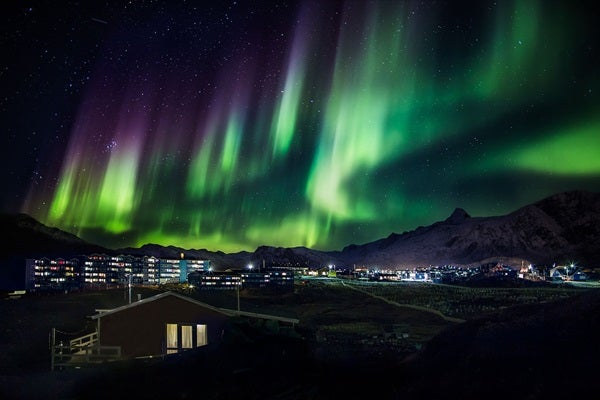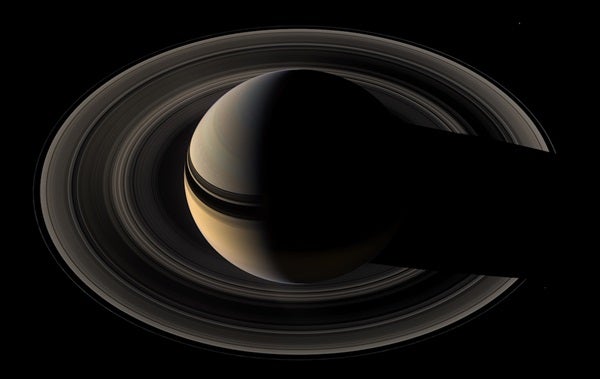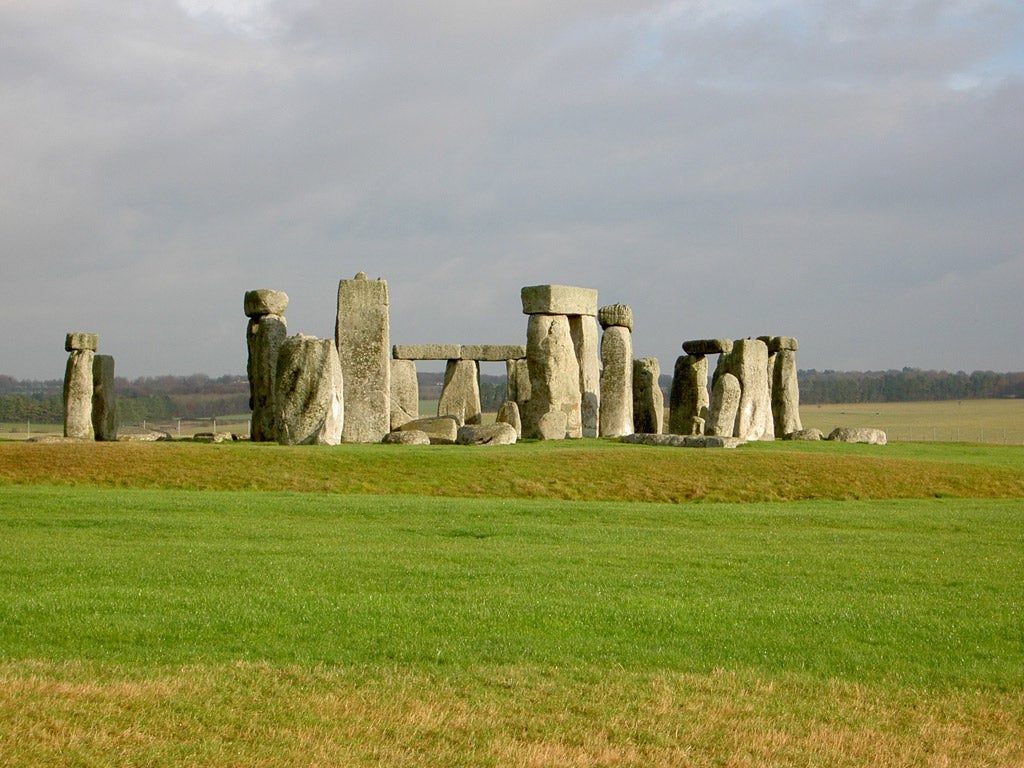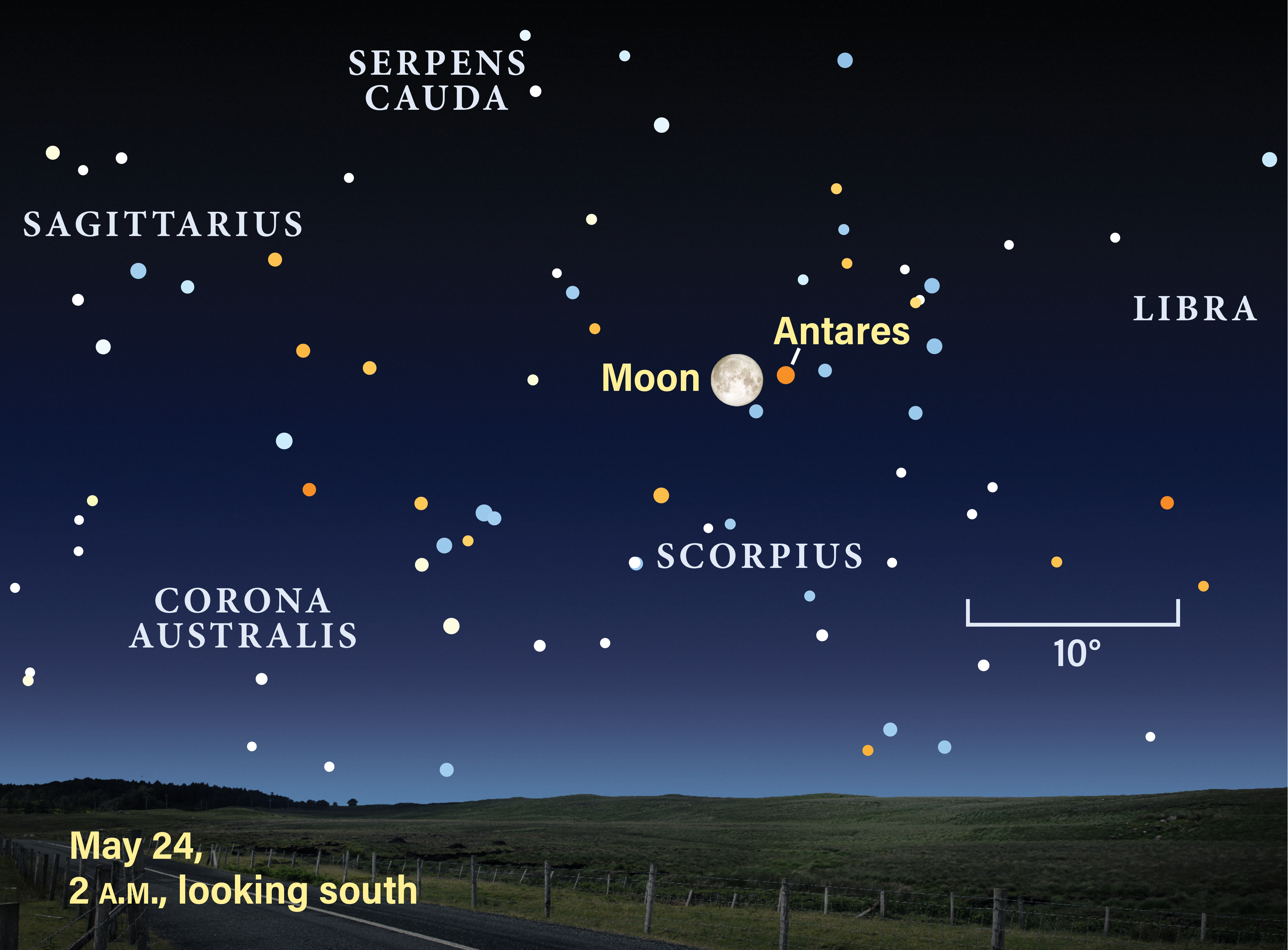Dwarf planet 1 Ceres is the largest object in the asteroid belt, which lies between the orbits of Mars and Jupiter. It currently resides within the Sickle asterism in western Leo, which appears 25° high in the west after twilight fades to darkness. The magnitude 8.7 dwarf planet is easy to spot through binoculars or a telescope, particularly this evening when it appears less than 0.1° from the 6th-magnitude star SAO 81154. Point your scope at this star, and Ceres will be the brightest object in its immediate vicinity.
Saturday, June 16
The waxing crescent Moon stands 8° to the upper left of Venus this evening. The two appear prominent within a half-hour after sunset. But if you wait for the sky to grow dark and use binoculars to enjoy the scene, you should notice the superb Beehive star cluster (M44) midway between the planet and the Moon.
Sunday, June 17
Although Saturn will reach opposition and peak visibility in 10 days, observers will be hard-pressed to see it as inferior this week. The ringed planet rises at 9 p.m. local daylight time and appears highest in the south around 1:30 a.m. Saturn shines at magnitude 0.1 and stands out against the background stars of northern Sagittarius. If you target the planet through binoculars this week, you’ll find it 2.6° northwest of the 5th-magnitude globular star cluster M22 and 3.5° south of the similarly bright open cluster M25. But the beautiful world looks best through a telescope, which reveals its 18″-diameter disk and a stunning ring system that spans 42″ and tilts 26° to our line of sight.
Observers can catch a peek of Mercury in this week’s early evening sky. The innermost planet stands 6° high in the west-northwest a half-hour after sunset tonight, and it will gain another 2° of altitude by the weekend. Although Mercury glows brightly this evening, at magnitude –0.9, you might need binoculars to spot it initially against the twilight glow. A telescope reveals the planet’s disk, which spans 5.5″ and appears 83 percent lit.
Tuesday, June 19
Venus’ eastward motion relative to the background stars carries it through the northern fringes of the Beehive star cluster (M44) this evening. The pairing will make a splendid sight through binoculars or a telescope at low power. Although the objects don’t set until 11 p.m. local daylight time, the best views will come an hour to 90 minutes after sunset when the two still stand relatively high. At magnitude –4.0, Venus shines nearly 1,000 times brighter than the combined light of the Beehive’s stars. When viewed through a telescope this evening, Venus appears 15″ across and about three-quarters lit.
Neptune’s eastward motion against the background stars comes to a halt at 8 a.m. EDT. This so-called stationary point marks the beginning of the best period to observe any outer planet. Neptune rises around 12:30 a.m. local daylight time and appears about 30° high in the southeast as morning twilight commences. The magnitude 7.9 planet lies in Aquarius, 0.9° west-southwest of 4th-magnitude Phi (φ) Aquarii. You can confirm your sighting of Neptune through a telescope, which reveals the planet’s 2.3″-diameter disk and blue-gray color.
Wednesday, June 20
You can find the First Quarter Moon well above the southwestern horizon as darkness falls. Our satellite officially reaches First Quarter phase at 6:51 a.m. EDT, so it appears slightly more than half-lit from North America this evening. It sinks toward the western horizon throughout the night before setting around 1:30 a.m. local daylight time. The Moon spends tonight among the background stars of Virgo the Maiden.
Thursday, June 21
Earth’s summer solstice occurs at 6:07 a.m. EDT, when the Sun reaches its farthest point north in the sky. This marks the official beginning of summer in the Northern Hemisphere, and the day of the solstice has more hours of sunlight than any other. For astronomy buffs, however, long days translate into short nights and extended twilight, which limit our time under the stars.
Mars rises shortly after 11 p.m. local daylight time and climbs nearly 30° high in the south by the time morning twilight starts to paint the sky. Although it is still more than a month away from its late July opposition, the Red Planet appears noticeably brighter than it did just a week ago. Shining at magnitude –1.9, it is the third-brightest point of light in the night sky after Venus and Jupiter. If you point a telescope toward Mars this morning, you’ll see its 19″-diameter disk and perhaps some subtle surface features — though many of these may be obscured by the planet’s major ongoing dust storm.
Saturday, June 23
The waxing gibbous Moon passes near Jupiter tonight. From North America, the two were closest this afternoon (when they were below the horizon), though they remain within 5° of each other after darkness falls. Despite Luna’s brilliance dominating the scene, you should have little trouble picking out the magnitude –2.4 planet to its lower right. The best time to observe Jupiter through a telescope is when the Moon doesn’t lie so close. This week, the gas giant spans 42″ and displays a wealth of detail in its cloud tops.
Sunday, June 24
The conspicuous Summer Triangle asterism dominates the eastern sky in late evening. Vega, the triangle’s brightest member, shines at magnitude 0.0 and stands highest of the three stars. To its lower left lies Deneb; at magnitude 1.3, it’s the faintest of the trio. Magnitude 0.8 Altair completes the bright asterism. Despite its name, the Summer Triangle appears prominent from late spring until winter begins.












